The amazing cameraphone tech that could kill compacts
It's more than just megapixels
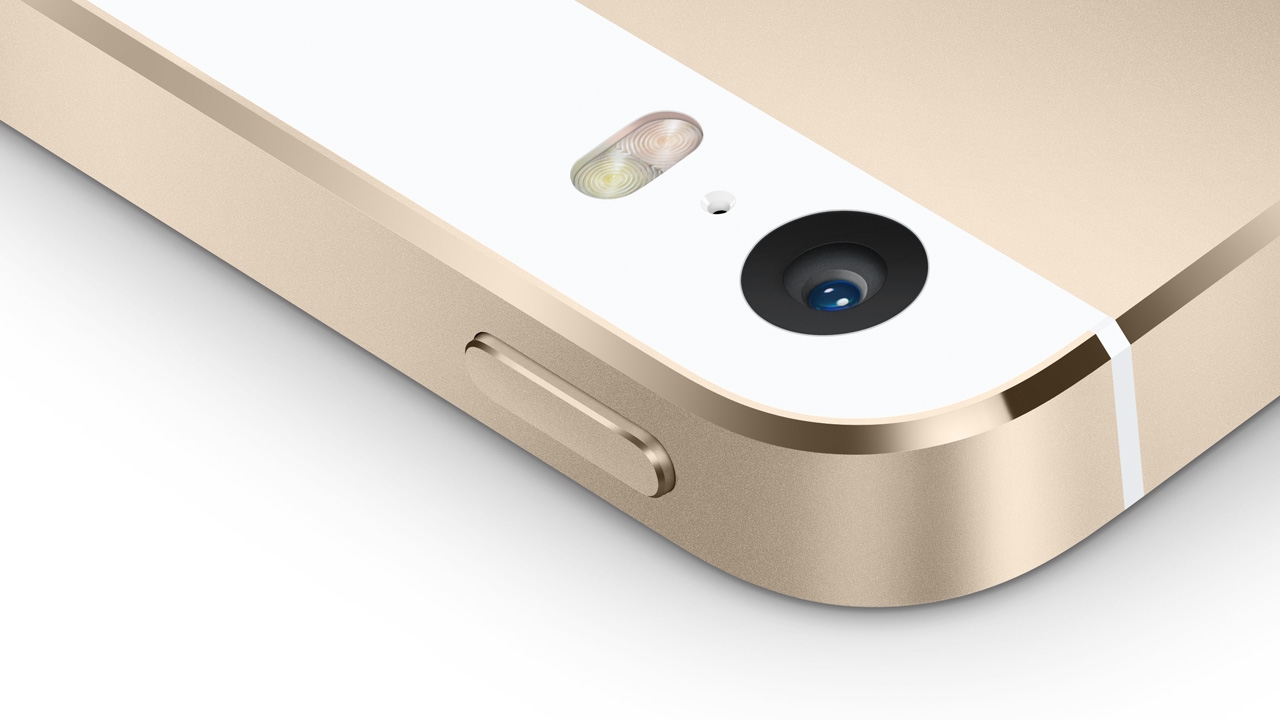
Now that smartphones have reached a plateau where any power increase is almost redundant, the camera has become one of the biggest battlefields.
Manufacturers are scrambling to add more megapixels, more features and better flash modules than the competition, all without mucking up the look of their handsets.
Except in the case of the Samsung Galaxy S4 Zoom, but the less said about that the better.
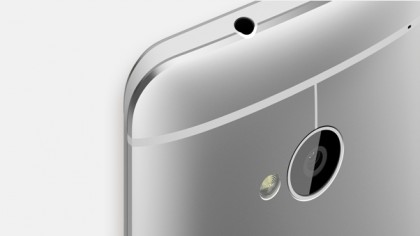
Consumers are anxious to get their hands on the latest cameraphones too, as they've gone from a bullet point on the box to something that can almost compete with standalone compact snappers.
- Want to see them in action? Check out TechRadar's best cameraphones test
But while they're marketed in megapixels there's a whole lot more that goes into making a good cameraphone and quite a few differences between them, so we're taking a look at three of the most popular options on the market
HTC One
While most flagship phones are focused on driving the megapixels up, HTC took a brave approach with the HTC One, by focusing on the size of the pixels rather than the number. It only has a 4 megapixel sensor, but those megapixels are dubbed 'UltraPixels', which literally just means they're bigger than the pixels you'd find on a standard cameraphone.
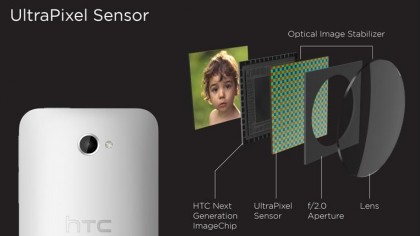
Camera sensors on smartphones are tiny, as increasing the size would cause it to take up more space on a handset and require a bigger lens too, so most smartphones have similar sized sensors and by upping the megapixel count you're really just jamming more pixels into the same space, which means making them smaller.
Get daily insight, inspiration and deals in your inbox
Sign up for breaking news, reviews, opinion, top tech deals, and more.
Smaller pixels take in less light which make them less able to accurately recreate an image and can lead to noise and other distortions.
Bigger pixels like those found in the HTC One can capture more light, 300% more light than many 13 megapixel cameras in fact, allowing for more detailed images. As more light can be taken in the HTC One also performs a lot better in dark environments than most smartphone cameras.
The only downside to this approach is that the images are lower resolution, so while they might look fine on your phone screen they don't fare so well when blown up.
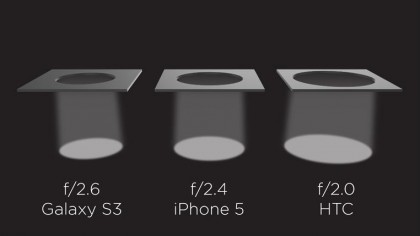
As well as having bigger pixels, the HTC One's f/2.0 aperture is also larger than many of its competitors. For example the LG G2 has a f/2.4 aperture, where less f-stops equate to a larger aperture, meaning the HTC One's camera lens opens wider when taking photos and more light gets taken in.
The HTC One also has optical image stabilisation, which counters shaky hands by using a gyroscope to move the lens in the opposite direction of the motion, to avoid blurry images.
LG G2
The LG G2 takes the opposite approach to the HTC One, packing 13 megapixels into a sensor of roughly the same size. In fact, at 1/3.06 of an inch it's actually marginally smaller than the HTC One's 1/3 of an inch sensor.
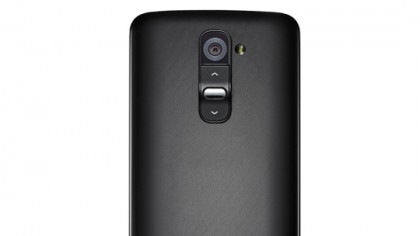
As mentioned above it also has a smaller aperture, so less light gets in and the pixels can capture less of what light does enter the sensor. On the flip side images captured by the LG G2 can be blown up a lot bigger than those from the HTC One without a noticeable loss in quality.
It also means that using the cameras digital zoom is a lot more viable. Most smartphone cameras don't have an optical zoom because it would require the lens to stick out, so instead they leverage their megapixels to zoom in digitally, lowering the megapixel count the further they zoom.
Obviously starting from 13 megapixels allows you to zoom further with less loss in quality than when starting with 4 as on the HTC One.
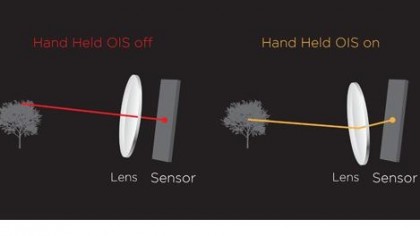
One thing it shares with the HTC One is that they both feature optical image stabilisation. This is something which is becoming increasingly common in smartphones but quite a few still don't have it, even at the high end.
The LG G2 also has a multi-point auto focus, meaning that it can automatically focus on up to nine subjects at once, even if they're moving, and it will automatically pick out faces and other things you're likely to want to focus on, so in busy images it's easy to ensure that everything you want to be in focus is.
But a camera is nothing without its lens, so LG has used scratch-resistant sapphire crystal glass to protect it.
James is a freelance phones, tablets and wearables writer and sub-editor at TechRadar. He has a love for everything ‘smart’, from watches to lights, and can often be found arguing with AI assistants or drowning in the latest apps. James also contributes to 3G.co.uk, 4G.co.uk and 5G.co.uk and has written for T3, Digital Camera World, Clarity Media and others, with work on the web, in print and on TV.